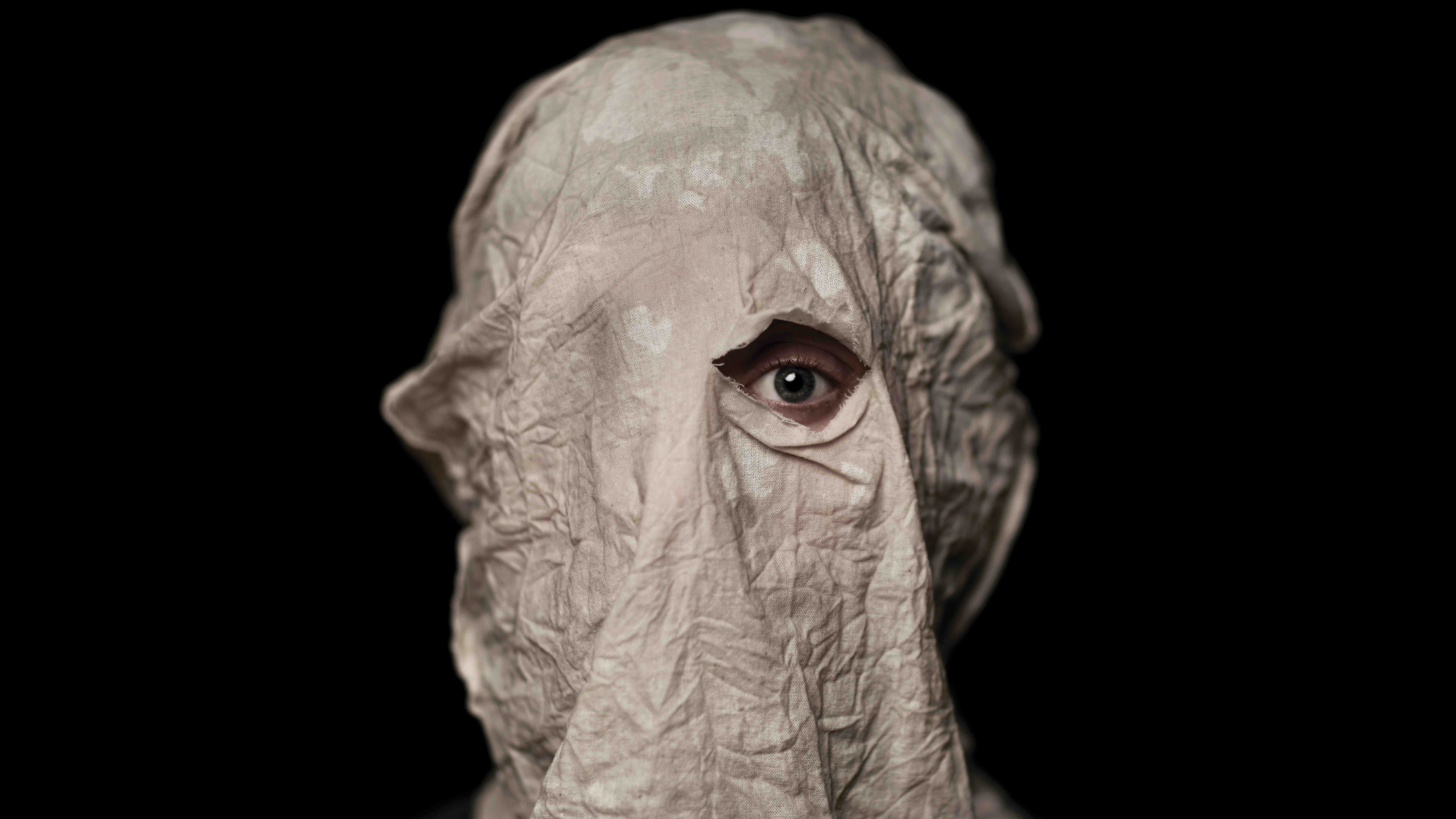Born Joseph Merrick, his story has been told so much across literature, stage and screen that it’s almost become myth. With The Real and Imagined History of The Elephant Man, director Matthew Lutton and writer Tom Wright delve further into that mythology; focusing properly on Merrick’s personal life and envisioning a bigger picture to what has been shown to audiences in the past. “It’s funny. I only really discovered Joseph’s story and more about his life when I was in my 20s,” says Daniel Monks, who will be playing the titular role in the production.
“I started working on him as a character around 2014, well before I was ever even asked to play the role. I just loved the character and I found myself really invested in it. My only issue was that, as much as I loved the story, I felt that there were problematic elements in previous adaptations of The Elephant Man for the stage. They were always told with Dr. [Frederick] Treves [Merrick’s doctor and confidant] as the protagonist – which I understand, given he was the only source material that we have on Joseph. What’s great about this version, though, is the fact that Tom really took the time to focus on what it would have been like for Joseph himself. There’s a bit more freedom there, given it’s both a real and imagined history. It really makes Joseph the central focus, rather than simply a catalyst for the able-bodied characters.”
Making his Malthouse Theatre debut, Monks has worked alongside Lutton and Wright to bring a truly unique version of Merrick to the stage. Characters once seen as outliers to the story are brought into focus, and Merrick’s inner psyche is tapped into in a way Monks feels that other versions have never quite done previously. “Through Treves’ retelling of his story, Joseph has always kind of come across the same way in every adaptation,” he says.
“He’s meek, he’s gentle, he’s emotional and loving. I don’t deny that this was a part of who he was, and I also don’t deny that’s how Treves would have perceived him. What’s exciting about Real and Imagined History, though, is that we get to explore much more about what the man would have been. We tell his story from age five up to his death at 27, so we really see how this tumultuous journey really came to shape him as he grew up and evolved. I really hope that it’s more engaging for an audience to be able to see a portrayal that’s a bit more complex – a three-dimensional, flawed human; not just a martyr.”
Having been partially paralysed since he was 11 years old, Monks – now 28 – has dedicated his entire career to creating visibility for disabled actors and performers. For him, taking the lead role in Real and Imagined History is both an incredible honour and a positive note of progress. It’s his hope that his portrayal of the Elephant Man is successful – not just on behalf of his hard-working peers in the cast and crew; but on behalf of any disabled people involved with the world of theatre. “I think that this is a really positive step that Malthouse is taking,” Monks says.
“I want to help encourage more theatre companies and more theatre writers to be more inclusive in their casting of more people with disabilities. I want disabled people to be able to come to these performances and see themselves on stage, and to have their stories reflected. I really feel as though it will help them through their own struggles, and give them something that I never had when I was growing up. Representation matters – it does have an impact. Having disabled bodies on stage is a really powerful, provocative thing.”

